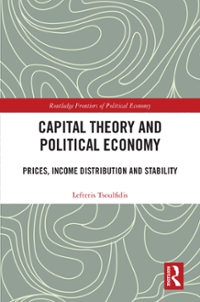Fantastique Bikes is a company that manufactures bikes in a monopolistically competitive market. The following graph shows Fantastique's demand curve, marginal revenue curve (MR), marginal cost curve (MC), and average total cost curve (ATC). Place the black point (plus symbol) on the graph to indicate the short-run profit-maximizing price and quantity for this monopolistically competitive company. Then, use the green rectangle (triangle symbols) to shade the area representing the company's profit or loss. 500 450 Monopolistically Competitive Outcome 400 350 300 ATC Profit or Loss 250 PRICE (Dollars per bike) 200 150 100 MC MR Demand 50 100 150 200 250 300 350 400 450 500 QUANTITY (Bikes)Given the profit-maximizing choice of output and price, the shop is making profit, which means there are shops in the industry relative to the long-run equilibrium.Given the profit-maximizing choice of output and price, the shop is making profit, which means there are shops in the industry relative to the long-run ed negative Now consider the long run in which bike manufacturers are free to enter an positive harket. zero Show the possible effect of this free entry and exit by shifting the demand curve for a typical individual producer of bikes onGiven the profit-maximizing choice of output and price, the shop is making profit, which means there are shops in the industry relative to the long-run equilibrium. an equal number of un in which bike manufacturers are free to enter and exit the market. fewer more t of this free entry and exit by shifting the demand curve for a typical individual producer of bikes on the following graph.Now consider the long run in which bike manufacturers are free to enter and exit the market. Show the possible effect of this free entry and exit by shifting the demand curve for a typical individual producer of bikes on the following graph. O Demand PRICE (Dollars per bike) Demand QUANTITY (Bikes)Which of the following statements are true about both monopolistic competition and monopolies? Check all that apply. Firms earn zero profit in the long run. Price equals average total cost in the long run. Firms can earn positive profit in the long run. Price is above marginal cost












